The day 2 of the MP trip started of with a bang visiting Orchha first and then rest of the day visiting the Unesco Heritage Centre monuments of Khajuraho the place of wonder and ancient majesty.. We had enough time to cover all the 3 group of monuments ( The western, Eastern and the Southern end) and also had a pleasant stay in a naturalist home.
Kindly give extra details to the pics as they portray lifestyle in a lovely art sense....
The Khajuraho Group of Monuments are a group of Hindu temples and Jain temples in Chhatarpur district, Madhya Pradesh, India, about 175 kilometres southeast of Jhansi. They are a UNESCO World Heritage Site.The temples are famous for their nagara-style architectural symbolism and their erotic sculptures. Kandriya Mahadeva temple is the biggest among all the temples in the vicinity
Most Khajuraho temples were built between 885 AD and 1050 AD by the Chandela dynasty. Historical records note that the Khajuraho temple site had 85 temples by the 12th century, spread over 20 square kilometres. Of these, only about 25 temples have survived, spread over six square kilometres. Of the surviving temples, the Kandariya Mahadeva Temple is decorated with a profusion of sculptures with intricate details, symbolism and expressiveness of ancient Indian art.
When these monuments were built, the boys in the place lived in hermitages, by being brahmcharis (bachelor) until they attained manhood and these sculptures helped them to learn about the worldly role of 'householder'.
The Khajuraho group of temples were built together but were dedicated to two religions, Hinduism and Jainism, suggesting a tradition of acceptance and respect for diverse religious views among Hindus and Jains in the region.
Until the 12th century, Khajuraho was under Hindu kings and featured 85 temples. Central India was seized by Delhi Sultanate in the 13th century. Under Muslim rule, many temples were destroyed and the rest left in neglect.
Khajuraho temples are famous for their erotic arts. These constitute about 10% of total art displayed at the monuments.
Over 90% of the artwork at the temple is about daily life and symbolic values in ancient Indian culture.















































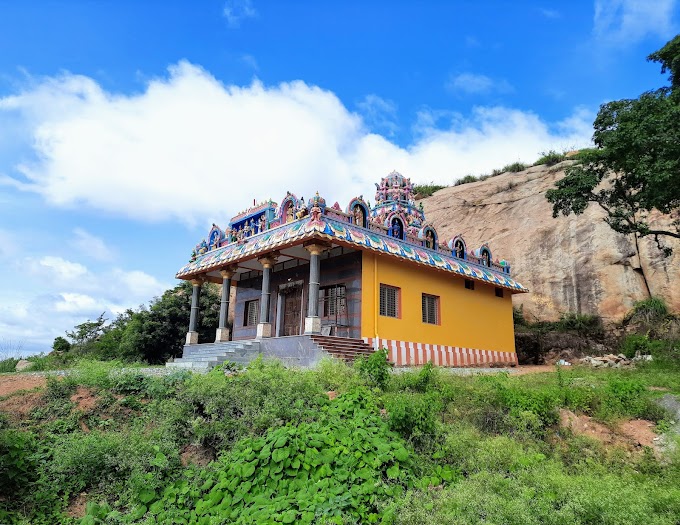
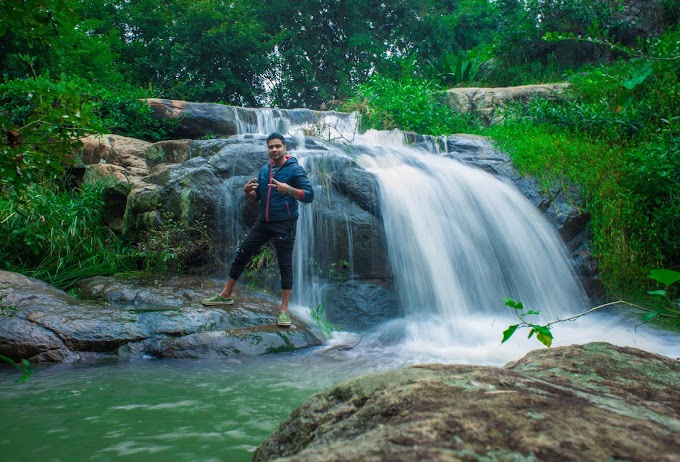



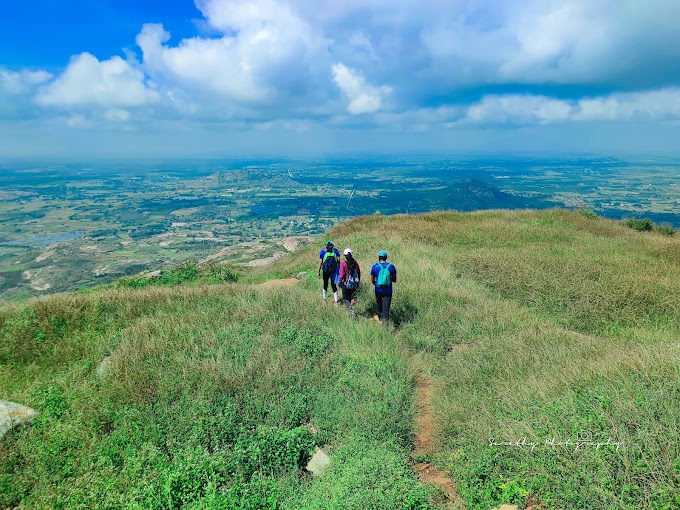
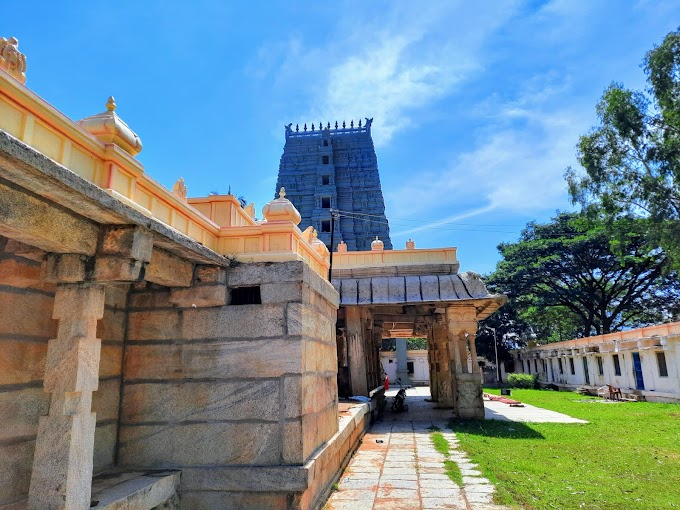
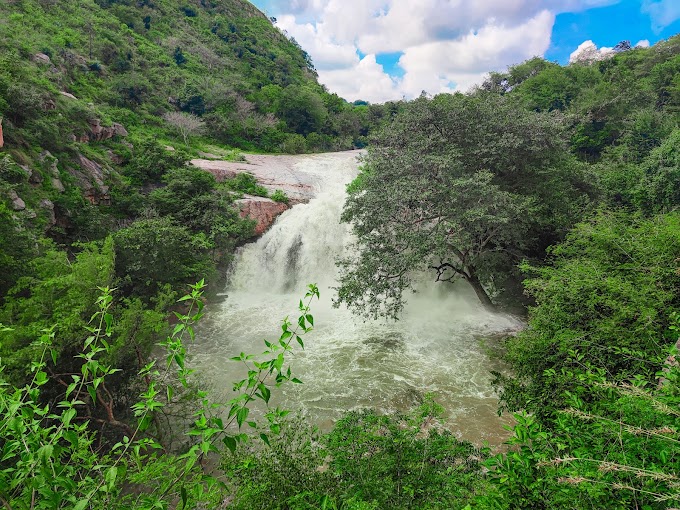

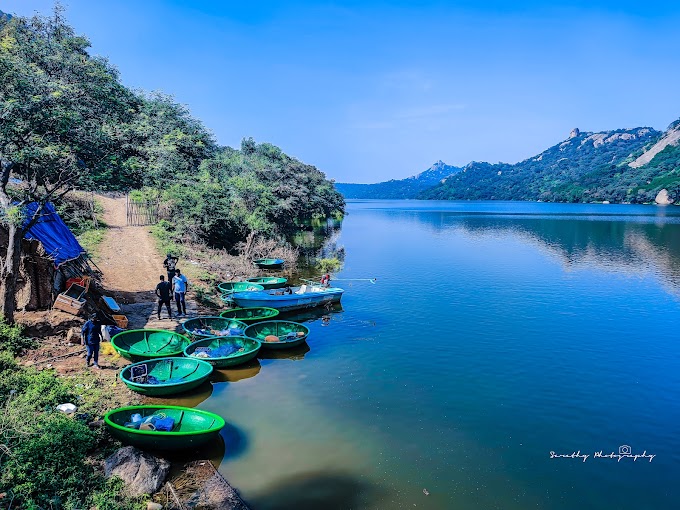
0 Comments